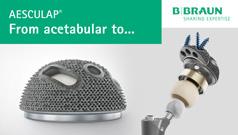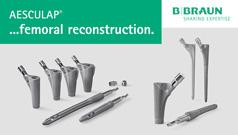EFORT Open Rev. 2025 Jul 1;10(7):454-465. doi: 10.1530/EOR-2024-0152.
ABSTRACT
PURPOSE: To compare the efficacy and safety of topical tranexamic acid (TXA) to systemic administration (intravenous and oral) and placebo in hip and knee surgeries.
METHODS: This meta-analysis was conducted in accordance with the Preferred Reporting Items for Systematic Reviews and Meta-Analyses (PRISMA) guidelines. A systematic literature search was conducted in PubMed and Scopus to compare the bleeding, hospitality, and morbidity between topical tranexamic acid with systemic administration of TXA and placebo. Random-effect models and meta-regressions were used to generate pooled estimates and assess heterogeneity.
RESULTS: Eighty RCTs with 13,969 patients were identified reporting on the outcomes of using topical tranexamic acid in hip fracture surgery, hip arthroplasty and knee arthroplasty compared with intravenous, oral, and placebo. Overall, topical TXA acid decreased total blood loss (-353 mL (95% CI: -395, -311), P < 0.001), drainage volume (-239.802 mL (95% CI: -298.744, -180.859), P < 0.001), intraoperative blood loss (-14.994 mL (95% CI: -34.370, 4.382), P < 0.001), hidden blood loss (-123.711 mL (95% CI: -153.703, -93.719), P < 0.001), total hemoglobin loss (-0.970 gr/dL (95% CI: -1.289, -0.651), P < 0.001), total hematocrit loss (-0.937 (95% CI: -1.289, -0.584), P < 0.001), and blood transfusion rate (RR diff.: 0.480 (95% CI: 0.386, 0.597), P < 0.001) compared to placebo. No significant differences were observed between topical TXA and systemic routes (intravenous or oral) in total blood loss, transfusion rates, and hemoglobin levels.
CONCLUSION: Topical TXA (intra-articular, peri-articular, or wound irrigation) significantly reduced blood loss, drain volume, hemoglobin loss, and transfusion need compared to placebo. Subgroup analysis showed that topical TXA outperformed placebo and was similar to intravenous and oral routes.
PMID:40591647 | DOI:10.1530/EOR-2024-0152

















